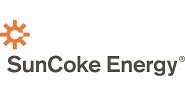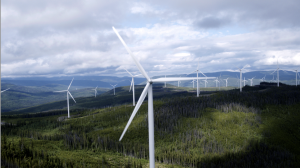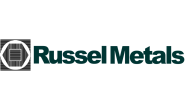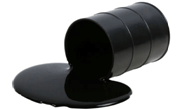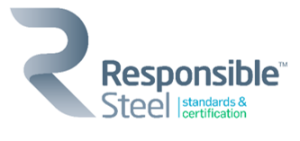
Op-Ed: Steel emissions policies have not forgotten about recycling
Why have steel emissions policies forgotten about recycling? The short answer is that they haven’t. ResponsibleSteel was recently characterized in an article featured in the SMU Executive Newsletter as advocating for steel emissions policies which “discourage recycling.” In fact, ResponsibleSteel sees recycled scrap as playing a critical role in driving steel decarbonization. Recent revisions to […]

